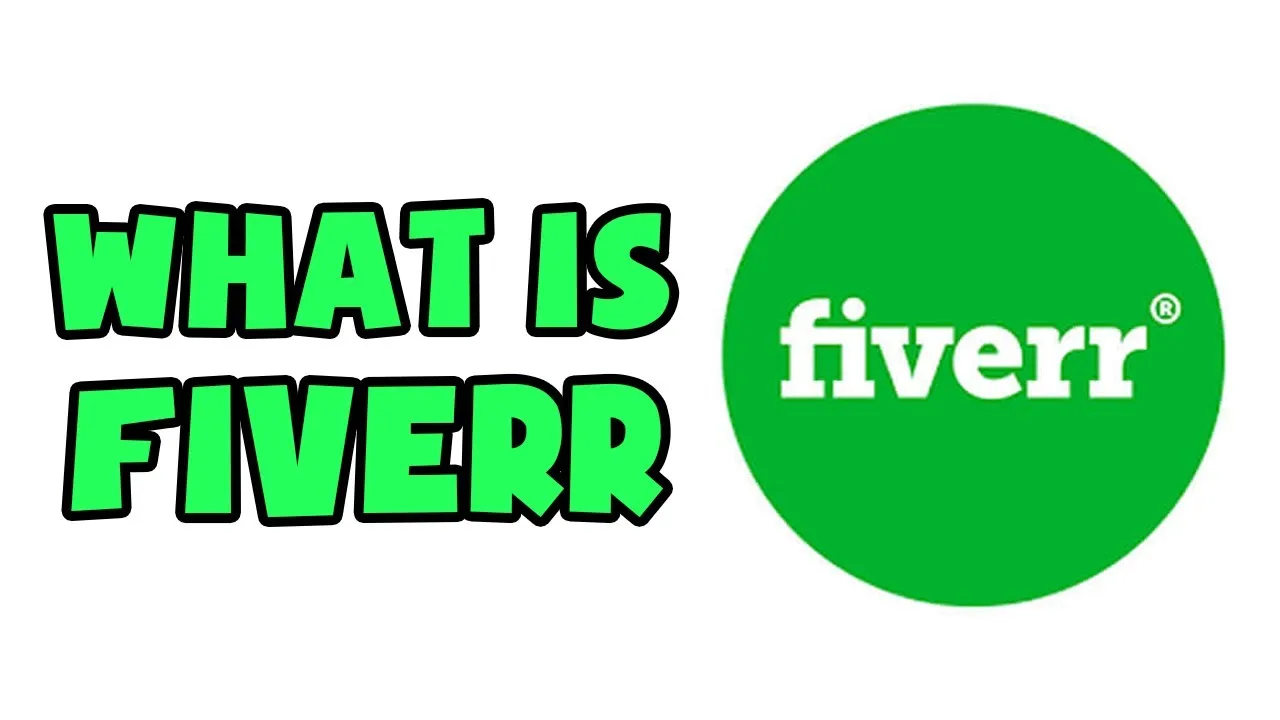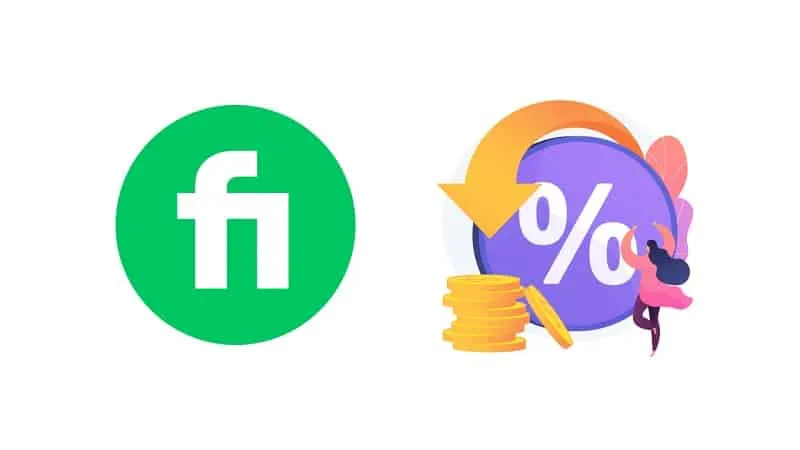Welcome to the world of Fiverr, a platform that connects freelancers with clients seeking their services. But before you dive into this exciting marketplace, it’s crucial to understand how Fiverr fees work. Just like any other platform, Fiverr has its own fee structure, and knowing it can help you manage your finances better and make informed decisions. So, whether you’re a freelancer looking to sell your skills or a buyer seeking services, this guide will clarify the ins and outs of Fiverr fees so you can navigate the platform more confidently.
Types of Fees on Fiverr

Fiverr employs a straightforward structure when it comes to fees, designed for both buyers and sellers. Let's break down the different types of fees you might encounter.
1. Service Fees for Buyers
As a buyer, when you purchase a service on Fiverr, you’ll notice an additional charge added to the base price. This is known as a buyer's service fee. Here’s how it works:
- Fee Structure: The fee generally ranges between $2 to $25, depending on the cost of the service purchased.
- Percentage Based: For services costing $40 or less, you'll typically pay a flat fee of $2, while services exceeding $40 incur a 5% fee up to a maximum of $25.
2. Seller Service Fees
If you’re a freelancer (or “Seller” in Fiverr lingo), Fiverr also charges you a fee when you complete a sale. This fee is a percentage of your earnings from each transaction:
- Commission Rate: Fiverr takes a commission of 20% from the total amount you earn, which is pretty standard in the gig economy.
- Withdrawal Fees: Additionally, when you withdraw your earnings, you may incur payment processing fees, which vary depending on the withdrawal method you choose.
3. Optional Extras
Fiverr allows sellers to offer gig extras, which are additional services that enhance the value of your offer:
- Fees on Extras: If a buyer chooses these extras, the standard service fee structure still applies, meaning the fees are calculated based on the total cost of the gig, including extras.
Understanding these fees can save you from unexpected deductions and help both buyers and sellers plan better for their financial commitments. Keep these elements in mind as you engage with the platform!
Also Read This: How Fiverr Works for Buyers
Service Fees for Buyers

When you're browsing Fiverr for top-notch services, understanding the fees involved is essential for budgeting your project. Fiverr charges buyers a service fee that is added to the cost of the service you're purchasing. This fee can vary depending on the total price of the gig and is structured to ensure that the platform can continue providing its wide array of services.
Generally, the service fee is as follows:
- For purchases up to $40: A flat fee of $2 is added.
- For purchases between $40 and $199: The service fee is 5% of the order total.
- For purchases over $200: A flat fee of $10 applies.
This fee doesn’t just disappear into the void. It helps to maintain the Fiverr platform, allowing buyers to access a variety of freelancers, easily communicate, and complete transactions securely. In other words, it contributes to the overall user experience.
When you're about to make a purchase, the total cost will be clearly displayed, including both the service fee and the cost of the specific gig. This way, you won’t face any surprises at checkout—what you see is essentially what you get! Plus, it’s worth noting that these fees are standard and reflective of the services offered, so don’t be disheartened. Just think of it as part of investing in quality work!
Also Read This: Best-Selling Fiverr Gigs by Top Sellers in 2024
Commission Fees for Sellers

For freelancers using Fiverr to showcase their talents, it's important to grasp how Fiverr's commission fees impact your earnings. Fiverr earns revenue by taking a commission from the total amount of each order, which means it's key to factor this into your pricing when creating gigs.
The commission structure is straightforward:
- Fiverr takes a 20% commission from each order, regardless of the price. So, if you charge $100 for your service, you’ll receive $80 after Fiverr’s cut.
It’s essential to account for this when setting your gig prices. Many sellers find it useful to build this fee into their overall pricing strategy so they can still earn a fair amount. No one likes to feel short-changed after they've put in hard work!
Given this commission, some sellers choose to offer extras or upsells within their gigs to increase their total earnings. For example, if the base gig costs $50 but you offer an additional service for $25, you’ll be working smartly to offset that Fiverr commission while delivering more value to your buyers.
It's also vital to recognize that while Fiverr takes a commission, the platform offers unparalleled visibility and access to millions of potential clients. Just ensure that you understand this fee structure and plan accordingly, making Fiverr a good choice for freelance work!
Also Read This: Can You Have Discount Sales on Fiverr?
5. Payment Processing Fees

When you're working on Fiverr, understanding payment processing fees is essential for both buyers and sellers. These fees are what Fiverr uses to manage the transactions on its platform, ensuring a seamless experience for everyone involved.
So, how does it work? Every time a transaction is processed, whether you’re funding your Fiverr account or receiving payments, there’s a small percentage taken out as a payment processing fee. It typically ranges from about 2.9% plus a fixed fee, depending on the currency you're using and the payment method chosen.
Here's a quick breakdown of common payment methods and their associated fees:
- Credit and Debit Cards: Generally incurs the standard processing fee of around 2.9% plus a small fixed cost.
- PayPal: Similar structure—2.9% plus a fixed fee that varies by currency.
- Bank Transfers: These might have different fee structures, often depending on your bank and country.
It's important to factor these fees into your calculations when pricing your services. For example, if you charge $100 for a gig, you might actually receive less than that after accounting for processing fees. This means sellers should be careful to account for these costs when deciding how much to charge clients.
Also Read This: Can You Sell on Fiverr Without an Education?
6. How Fees Impact Seller Earnings
Understanding the fees associated with Fiverr isn't just an exercise in number crunching; it has significant implications for your earnings as a seller. If you’re serious about maximizing your income on this platform, you need to be aware of how various fees can cut into your profits.
Let's break it down. Fiverr has a set fee structure that can eat into what you ultimately take home:
- Service Fee: Fiverr takes a 20% commission from each transaction. So, if you sell a gig for $100, you’re left with only $80 before any additional processing fees.
- Payment Processing Fees: As mentioned earlier, these can range from 2.9% along with a fixed transaction fee. So, let's say you’ve earned $80 after Fiverr's cut; you’re likely to end up with around $75 after processing fees.
Now, consider this: if you start giving discounts or offering multiple gigs, those cumulative fees can further diminish your profit margins. It’s crucial to not just set prices based on what you think your work is worth but to also account for how fees will influence your overall income.
In light of these numbers, many successful sellers often ensure they have a clear understanding of their costs before jumping into pricing. Consistently monitoring and adjusting your rates can make a real difference in your bottom line!
Also Read This: How to Add Money to Fiverr: A Step-by-Step Guide
Strategies to Minimize Fiverr Fees
Are you a freelancer on Fiverr looking to keep more of your hard-earned cash? You’re not alone! Fiverr fees can add up, but there are strategic ways to minimize them. Let’s dive into some actionable tips.
- Choose the Right Pricing Strategy: Setting your prices strategically can help buffer the impact of fees. Consider offering packages that provide added value, which can justify a higher fee, ultimately netting you more.
- Compare Payment Methods: Fiverr allows you to withdraw your earnings via various methods, such as PayPal or bank transfer. Research each option! Some may have additional fees, while others might be more favorable.
- Promote Your Gigs Outside Fiverr: By bringing clients directly to your Fiverr gig from social media or your website, you can potentially increase your order volume. More orders mean a better overall return, even after fees are deducted.
- Offer Bulk Discounts: Encourage customers to order more by providing discounts on larger projects. This not only boosts your total income but can sometimes lessen the fee percentage taken out per project.
- Maintain High Ratings: A high rating can lead to more orders, effectively offsetting the fees you incur. Happy customers can mean repeat gigs, which can greatly improve your overall earnings.
By implementing these strategies, you can navigate Fiverr fees more effectively and ensure you're maximizing your earnings. Remember, it's always a good idea to frequently review your pricing and service offers as the platform evolves!
Also Read This: Has Anyone Used Designn_Expert from Fiverr?
Fiverr's Fee Structure Changes
Just like any other platform, Fiverr is subject to change! Understanding how its fee structure can shift over time is crucial for both freelancers and buyers. Let’s break down how and why Fiverr’s fees might change.
1. Base Service Fee: Currently, Fiverr takes a 20% commission from your earnings on every gig. This percentage is a standard practice within the freelance industry, but changes could occur, especially if Fiverr pivots its business model or introduces new features.
2. Payment Withdrawal Fees: Depending on the method you choose to withdraw your earnings (like PayPal or a bank transfer), fees can vary. Fiverr could adjust these fees in the future, affecting how much you receive after withdrawal.
3. Currency Fluctuations: If you work with clients from different parts of the world, be aware that currency conversion fees can eat into your earnings. As Fiverr expands globally, these fluctuations may impact your overall fees, particularly if significant shifts in exchange rates occur.
4. Promotions and Features: Fiverr sometimes introduces promotional tools or features that can help you earn more but might come with their associated costs. It’s crucial to stay updated on any such changes, as they could affect your earnings and fees directly.
5. Community Feedback: Fiverr often listens to its users. Should there be a significant demand for changes in fee structures, they might review and alter their fees accordingly. Keeping an eye on community discussions might give you clues about potential fee changes.
By staying informed about these potential changes, you can strategize effectively, ensuring that you’re always ahead of the game when it comes to your Fiverr business.
Understanding How Fiverr Fees Work
Fiverr is a popular online marketplace that connects freelancers with clients seeking various services. While it offers many advantages, understanding the fee structure is essential to maximizing your earnings or budgeting for your projects. Below is a comprehensive breakdown of how Fiverr fees work:
1. Service Fees for Buyers
When you purchase a service (also known as a "gig") on Fiverr, a service fee is added to your total cost. This fee varies based on the order value:
- Orders up to $40: A flat fee of $2 is charged.
- Orders over $40: A 5% fee is applied.
2. Seller Fees
Freelancers on Fiverr must also contend with fees deducted from their earnings:
- Service Fee: Fiverr takes a 20% commission from each completed order.
- Withdrawal Fees: When cashing out via PayPal or bank transfer, additional fees may apply.
3. Additional Payment Methods
Fiverr supports multiple payment methods, including:
| Payment Method | Processing Fee |
|---|---|
| Credit/Debit Card | Varies by bank |
| PayPal | Varies by PayPal |
Overall, understanding Fiverr's fee structure is crucial for both buyers and sellers. By being aware of these fees, you can plan budgets more effectively and ensure that you receive the maximum benefit from the platform.
Conclusion: Making the Most of Fiverr Despite Fees
By navigating Fiverr's fee structure smartly, both buyers and sellers can optimize their experiences, ensuring that they receive value for their investments and efforts.



